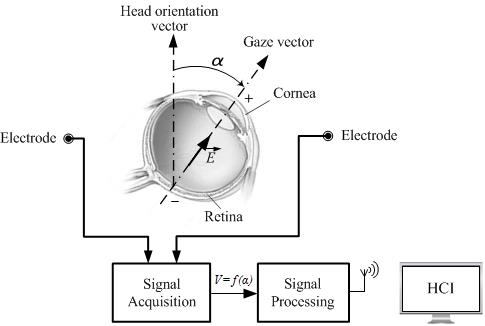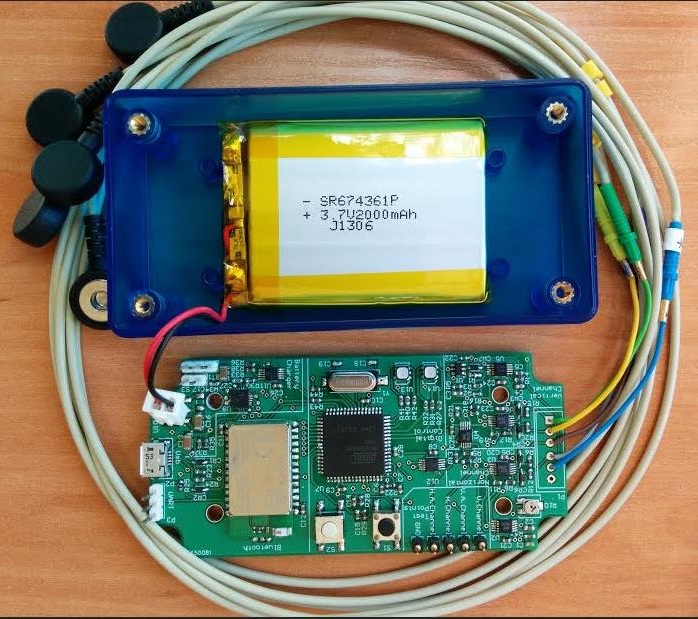Instrumentation & Measurement-Lab
Since 2010 the Lab of I&M has been focused on developing instrumental systems to solve specific problems of measure. In the broadest terms, an instrumental system performs the functions of acquiring and presenting data to the user. A functional instrumentation system is a product of hardware, software, and processes employed to orchestrate the subsystem interactions to acquire and deliver data and/or information relating to a specific test or measurement event.
MAIN RESEARCH LINES
In this line we have developed several portable instruments to measure chemical and biological parameters.
The aim of this instrument is to measure the faradaic currents originated by the electronic interchanges between a specific substance and a biological recognition system, present on an electrode and kept at an appropriate potential. The final objective is to obtain a direct relationship between those currents and the concentration of the substrate to be analyzed. This instrument may be used for sensors or cells with two or three electrodes in order to detect extremely low concentrations of a wide variety of substances.
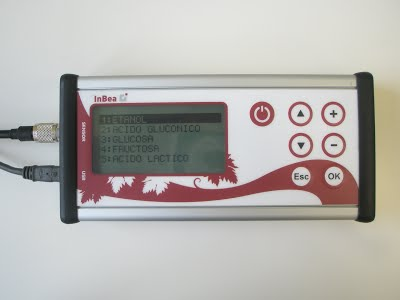
The microbiological quality of drinking water is a concern to consumers, water suppliers, regulators and public health authority alike. Monitoring the microbiological quality of drinking water relies largely on examination of indicator bacteria such as coliforms and Escherichia coli (E. coli). The biomarker consists on a protein chimera with a fluorescent protein in the N-terminal domain and a specific amino acid sequence in the C-terminal domain that targets specifically the structure of the microorganism to be detected. The measurement system is based on a photomultiplier tube that captures and measure the bioluminescence signal produced by the biomarker. The developed system is easy handling so it can be used by anyone without specific knowledge.
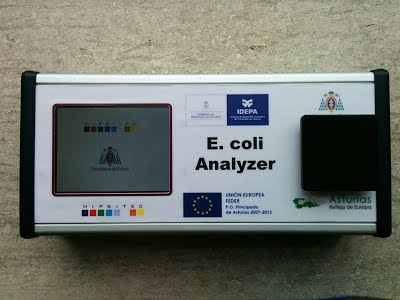
This research line is developed in collaboration with the Analytic Spectrometric Group (Chemical Analytic Area) of the University of Oviedo. During the last 10 years both groups have been working to synthesize and characterize metallic nanoparticles such us quantum dots and metallic nanoclusters, their modification with adequate functional groups and their use to develop sensors and photoluminescence methodologies of analysis. A specific electronic instrumentation has been developed to characterize, statically and dynamically, the sensor phase. New ratiometric techniques have been introduced to develop sensors based on luminescent techniques.
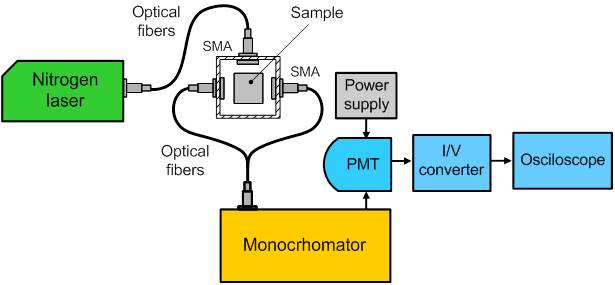
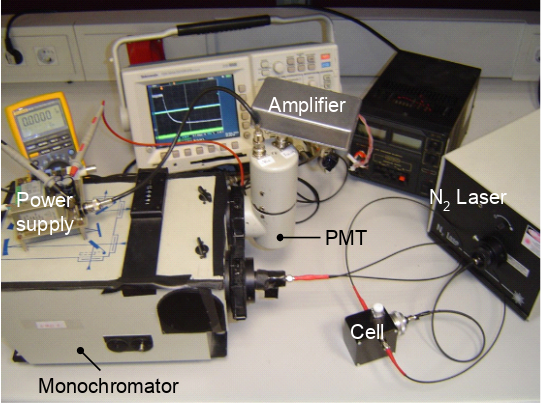
The aim of this line is to develop medical devices that can improve the quality of life of disable people. The first device developed was a low-cost portable wireless electrooculography (EOG) system designed to assist people with severe motor disorders.
Electrooculography depends on the fact that the eye acts as a dipole between the cornea (positive potential) and the retina (negative potential); any rotation of the eye causes a change in the direction of the dipole vector. Using two pairs of skin electrodes placed at opposite sides of the eye and an additional reference electrode on the forehead, two signal components corresponding to two movement components can be obtained. These signals are then subject to signal acquisition and subsequent signal processing to design human-computer interfaces (HCI).
